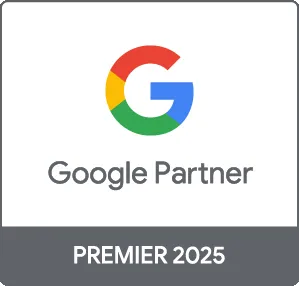Google Pay-Per-Click (PPC) advertising is a powerful tool for businesses to gain visibility on search engines and attract targeted traffic. Unlike traditional advertising methods, PPC allows businesses to pay only when a user clicks on their ad. This guide explores the various aspects of Google PPC advertising, including how it works, how to set up campaigns, and best practices for maximizing your return on investment (ROI).
How Google PPC Advertising Works
Google PPC advertising primarily operates through Google Ads, which enables businesses to create ads that appear in Google's sponsored search results. Here’s a quick overview of the process:
- Ad Auction: Every time a user conducts a search, Google runs an auction based on keywords. Advertisers bid on these keywords to secure ad placement.
- Cost Per Click (CPC): Advertisers pay a pre-determined amount (CPC) each time someone clicks on their ad.
- Ad Rank: Google evaluates ads based on the bid amount and the Quality Score, which considers ad relevance and landing page quality.
Setting Up Google PPC Advertising Campaigns
To successfully launch a Google PPC campaign, follow these steps:
1. Define Your Goals
Determine what you want to achieve with PPC advertising, such as driving traffic, increasing sales, or generating leads.
2. Conduct Keyword Research
Identify relevant keywords that potential customers are searching for. Use tools like Google Keyword Planner to research keyword performance and competitiveness.
3. Create Compelling Ads
Design ads that grab attention and motivate users to click. Ensure your ad copy is clear, concise, and aligns with user intent.
4. Optimize Landing Pages
Your landing page should provide a seamless user experience and relevant information that meets the expectations set by the ad.
5. Set Your Budget
Decide how much you are willing to spend daily or monthly. Google Ads allows you to set limits to control your expenditures.
6. Monitor and Adjust
Regularly review your campaign performance and make adjustments to keywords, ad copy, and budget allocation as necessary.
Best Practices for Google PPC Advertising
- Use Negative Keywords: Exclude irrelevant keywords that may trigger your ads but aren't likely to convert.
- A/B Testing: Create multiple variations of your ads to test which messages resonate best with your audience.
- Geo-Targeting: Focus on specific geographic areas to reach the audience that matters most to your business.
- Utilize Ad Extensions: Enhance your ads with additional information, such as phone numbers, location, or additional links.
Conclusion
Google Pay-Per-Click advertising offers an effective way to boost your online presence and drive qualified traffic. By understanding how to set up campaigns and implement best practices, you can achieve significant results. At Prebo Digital, we specialize in PPC advertising and can help you create tailored strategies for your business goals. Ready to elevate your marketing efforts? Contact us today to get started!





